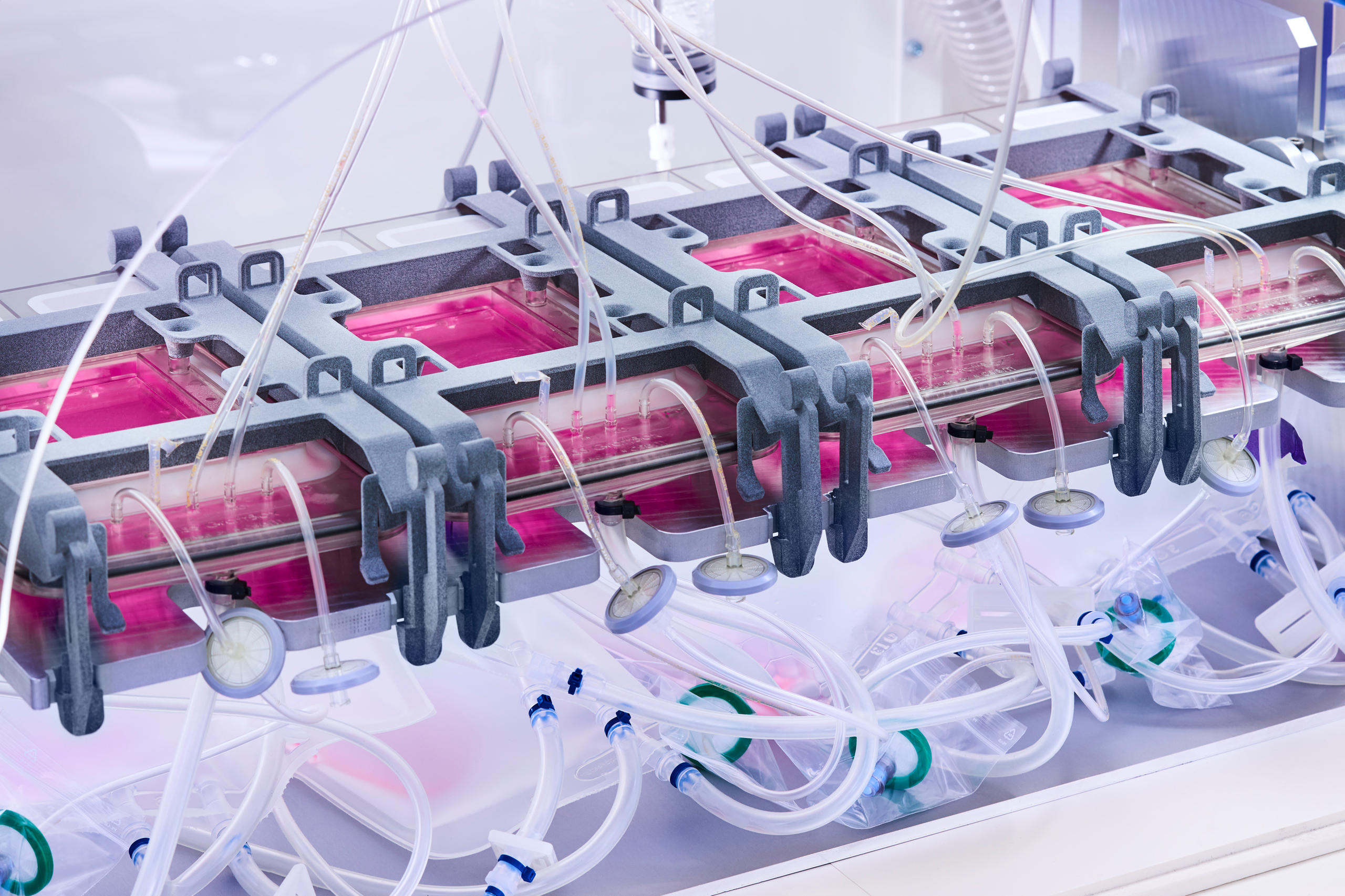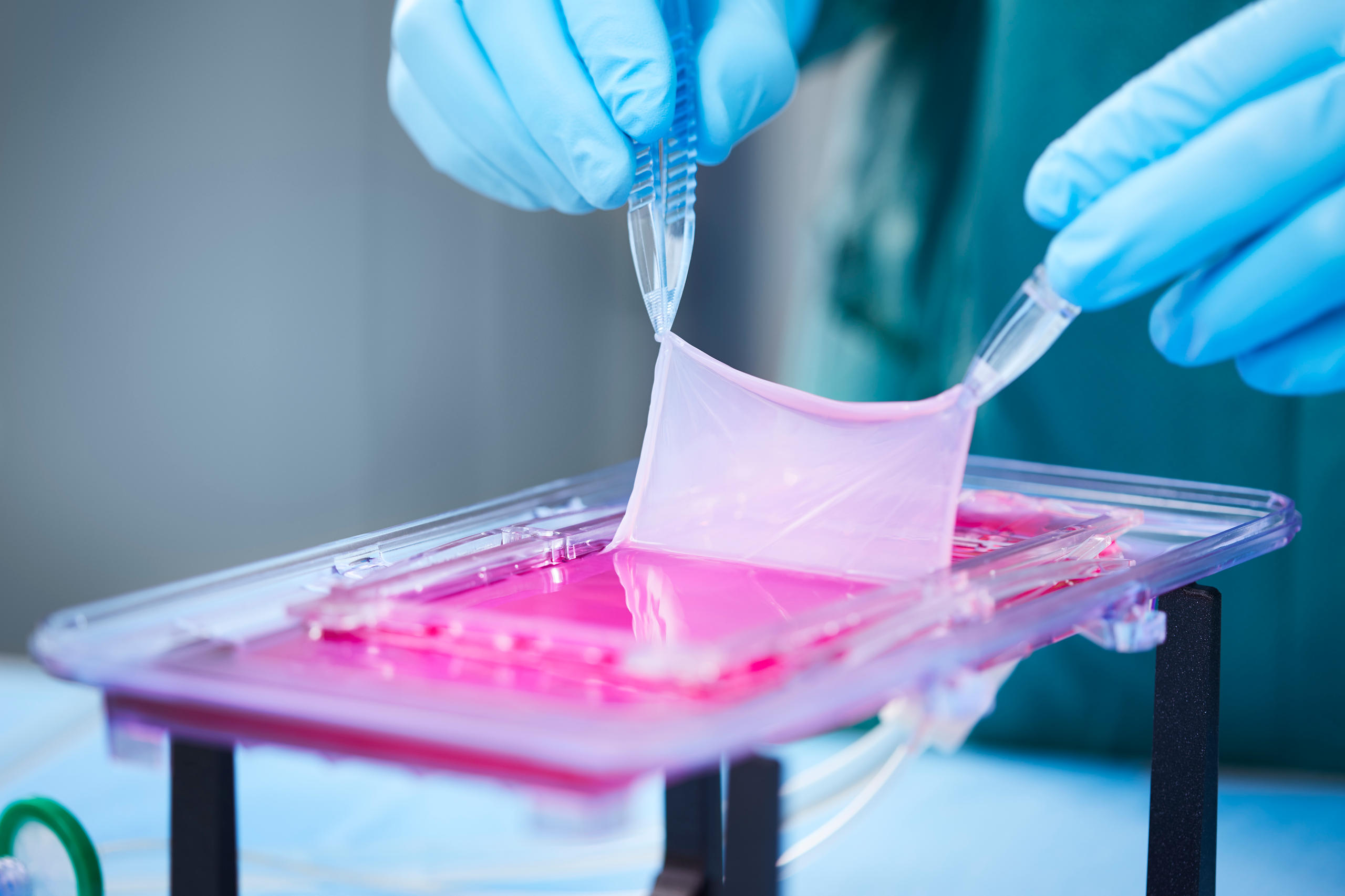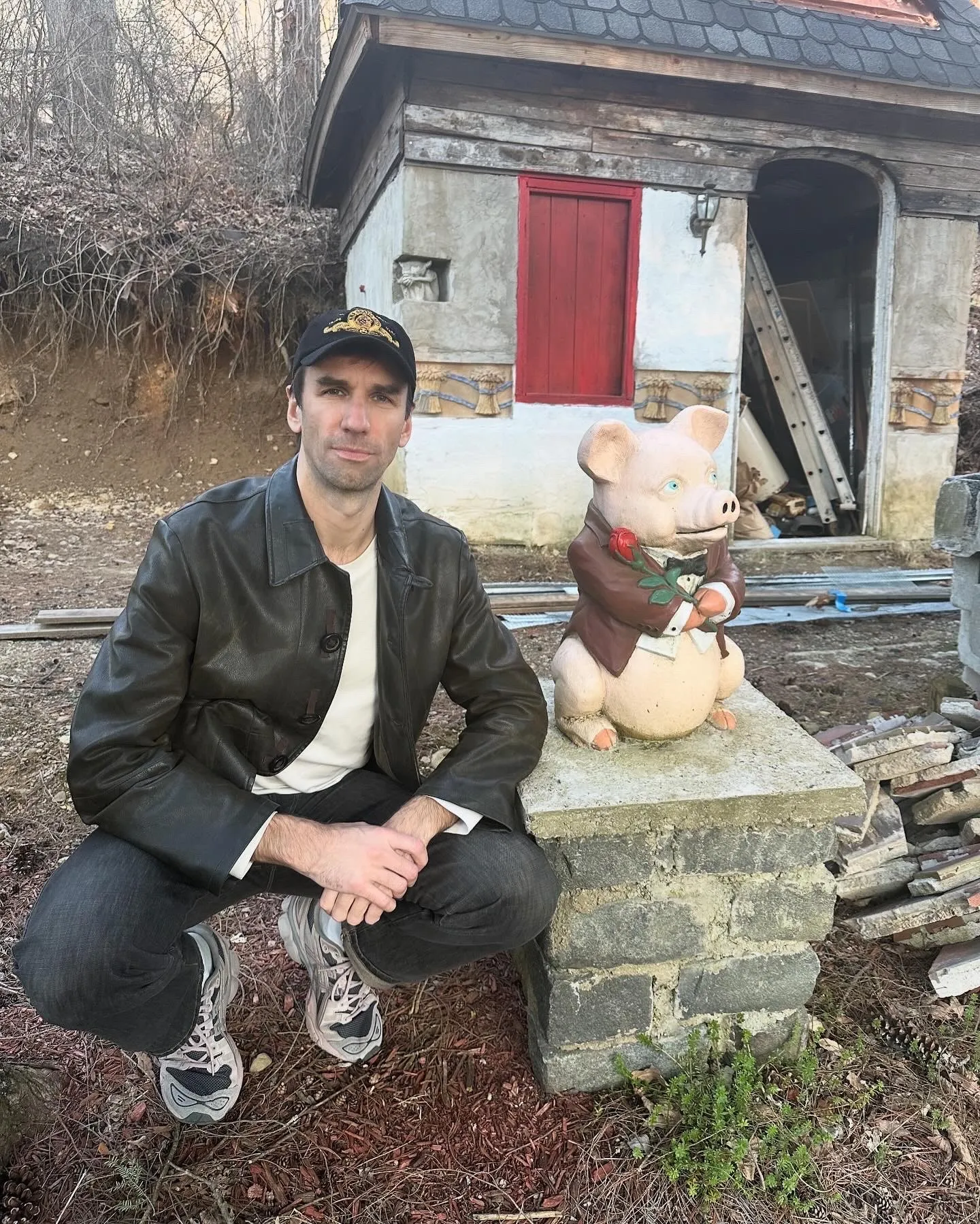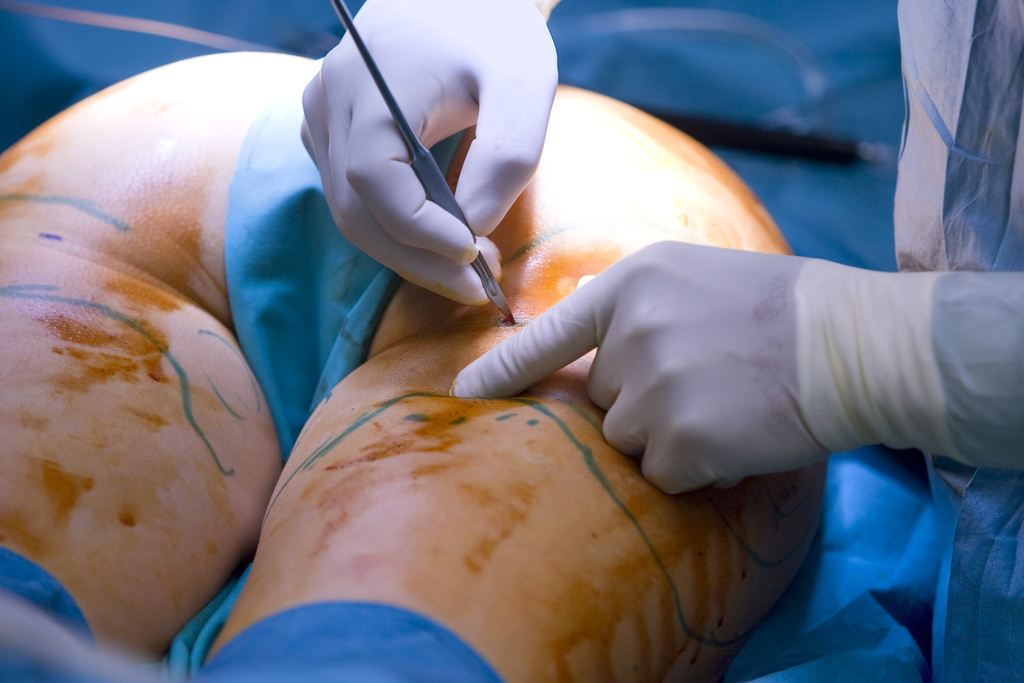Swiss start-up develops world’s first ‘personalised skin’ machine

A Swiss company is offering hope to the more than 11 million people worldwide who suffer serious burns every year. The company is launching a revolutionary machine capable of generating skin that can be grafted in large quantities using a sample provided by the patient.
“It’s not artificial skin, but it’s not exactly natural skin either,” said Daniela Marino, cofounder and director of CUTISS, launched in 2017 at the University Children’s Hospital Zurich. “To be precise, it’s a skin-tissue equivalent produced by bio-engineering.”
Using a small sample of healthy skin from a burns patient, cutaneous (skin) cells are “grown” in a laboratory and then combined with a hydrogel to produce new skin. The result, denovoSkin, is one millimetre thick, the same as the average natural dermis and epidermis.
The big advantage over traditional techniques is that a sample the size of a stamp can end up as a piece of skin almost the size of a place mat.
From lab to market
DenovoSkin passed the laboratory prototype stage a long time ago. It is now finalising the second phase of its clinical trials. Switzerland, the EU and the US have designated it an “orphan medicinal product” (intended to treat rare illnesses). This means patients are already receiving denovoSkin grafts, but not more than two per case.
The technology has also been granted special authorisations for so-called compassionate use in cases where it can “surpass any current medical treatment for large and deep skin injuries, with potentially life-saving and life-changing outcomes”, CUTISS said in a press release. Some patients with major burns have already benefited from denovoSkin grafts on large areas of their bodies.
After this stage, the product has yet to prove its efficiency in a large number of patients to complete phase III. Marino doesn’t expect it to arrive on the market before 2023 “at the earliest, and if all goes well”.
“At the moment we can multiply the surface area of the original sample by a factor of 100, and we’re aiming eventually for a factor of 500,” Marino said. The traditional method is to graft a piece of healthy skin, which can be stretched to only nine times its surface area. This quickly creates problems with people who suffer burns of 50%, 60%, 70% or more.

Just for the wealthy?
With its hi-tech – almost futuristic – aspects, is denovoSkin destined to benefit only the wealthy?
“We thought about this from the beginning,” Marino said. “It’s clear that Southern countries experience many more dramas linked to burns, partly, sadly, because of wars. For the moment we’re producing entirely by hand, with very specialised technicians, in sterile rooms – and that all costs a lot. But the machine will allow us to reduce the prices considerably and will make the treatment affordable even for developing countries.”
The machine is denovoCast, developed with CSEM, a Swiss private, non-profit research and technology organisation based in Neuchâtel. It can produce several grafts at the same time in a completely closed process with no manual intervention. Its inventors expect it to accelerate production by more than 30% and to ensure consistent quality.
CUTISS seems well equipped to enter a market estimated at more than $2 billion (CHF1.84 billion) for serious burns and more than $5 billion to reconstruct burn scars – in Europe and the US alone. But isn’t this market a bit big for a company that currently employs fewer than 40 people?
“There are 20 centres of excellence in Europe for treating serious burns,” Marino said. “We’re going to start by working with them, and we can do that on our own. Later, sure, we’ll have to find partners.”
Swiss made
Throughout its launch phase, the start-up has benefited from the support of InnoSuisse, the Swiss agency for promoting innovation, as well as the EU’s Horizon 2020 programme. However, Switzerland has just broken off negotiations with Brussels on a framework agreement which was intended to cover this kind of collaboration.
Without wishing to “get involved in politics”, Marino says she hopes this problem will be resolved, because tightening the rules governing exchanges between Switzerland and the EU could have an impact on her company, which will need to import and export.
“This project began here in 2001. It’s always been Swiss, and it would be good to remain ‘Swiss made’,” she said.
Translated from French by Catherine Hickley, edited by Thomas Stephens

In compliance with the JTI standards
More: SWI swissinfo.ch certified by the Journalism Trust Initiative












You can find an overview of ongoing debates with our journalists here . Please join us!
If you want to start a conversation about a topic raised in this article or want to report factual errors, email us at english@swissinfo.ch.